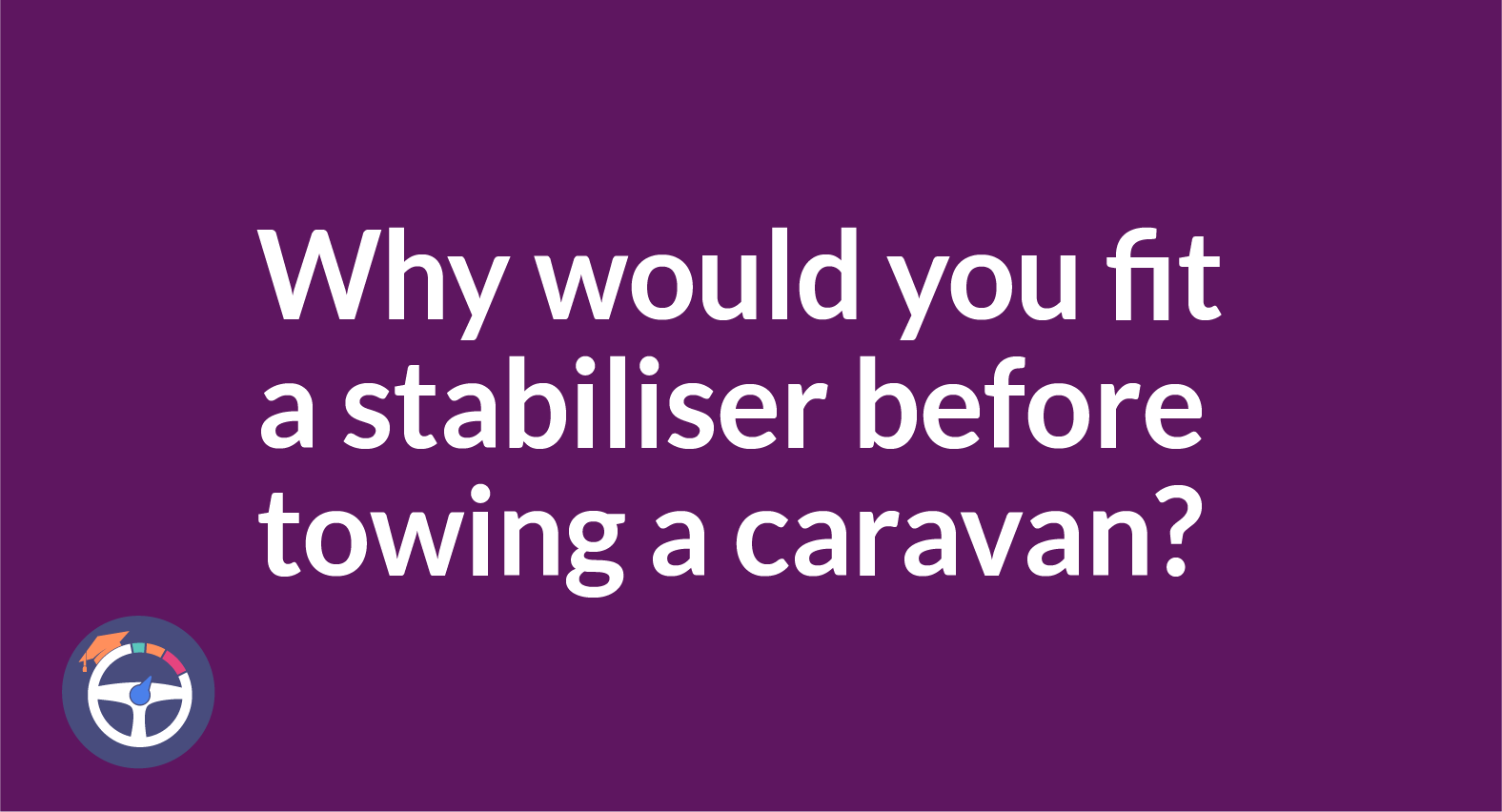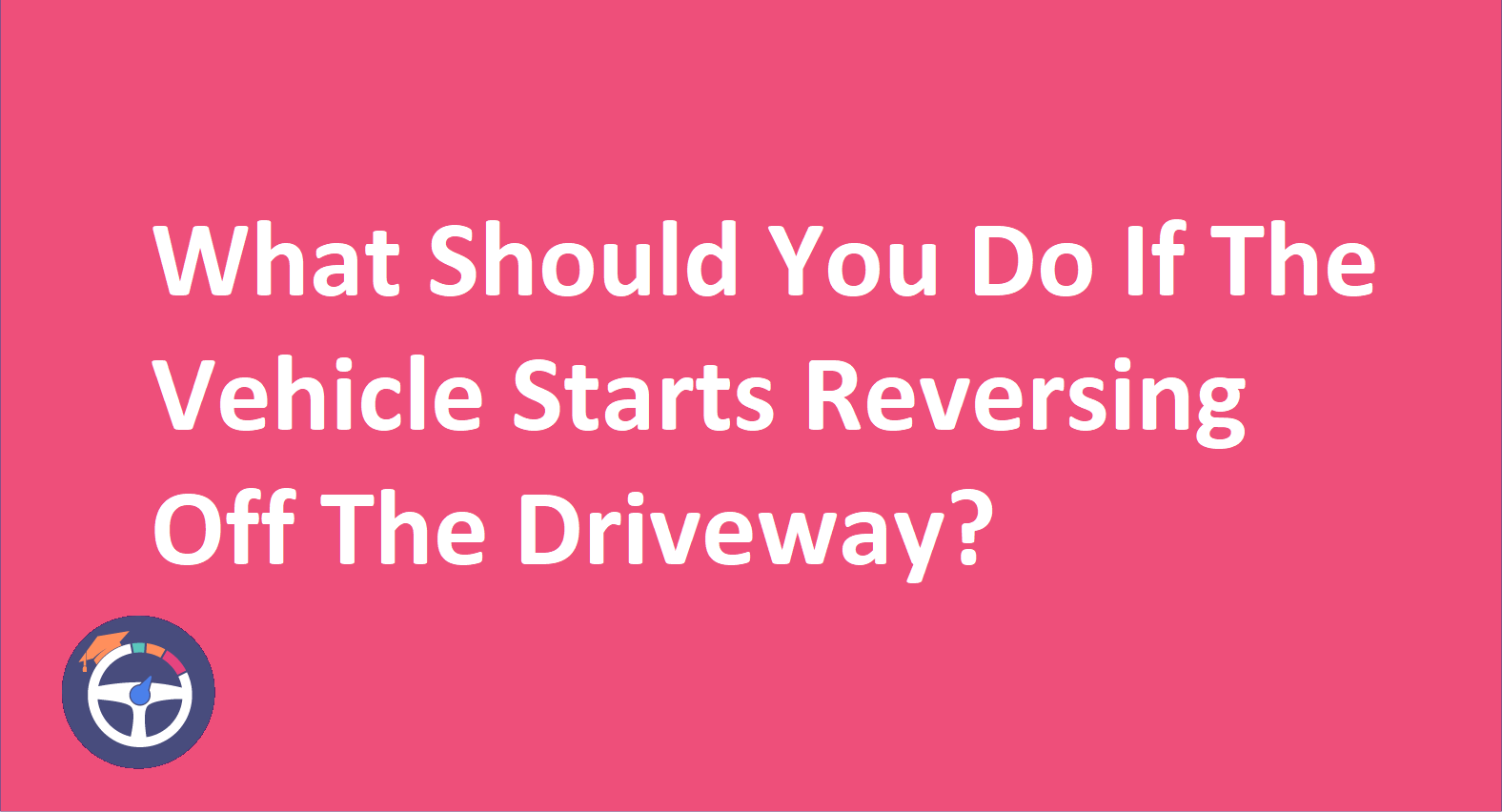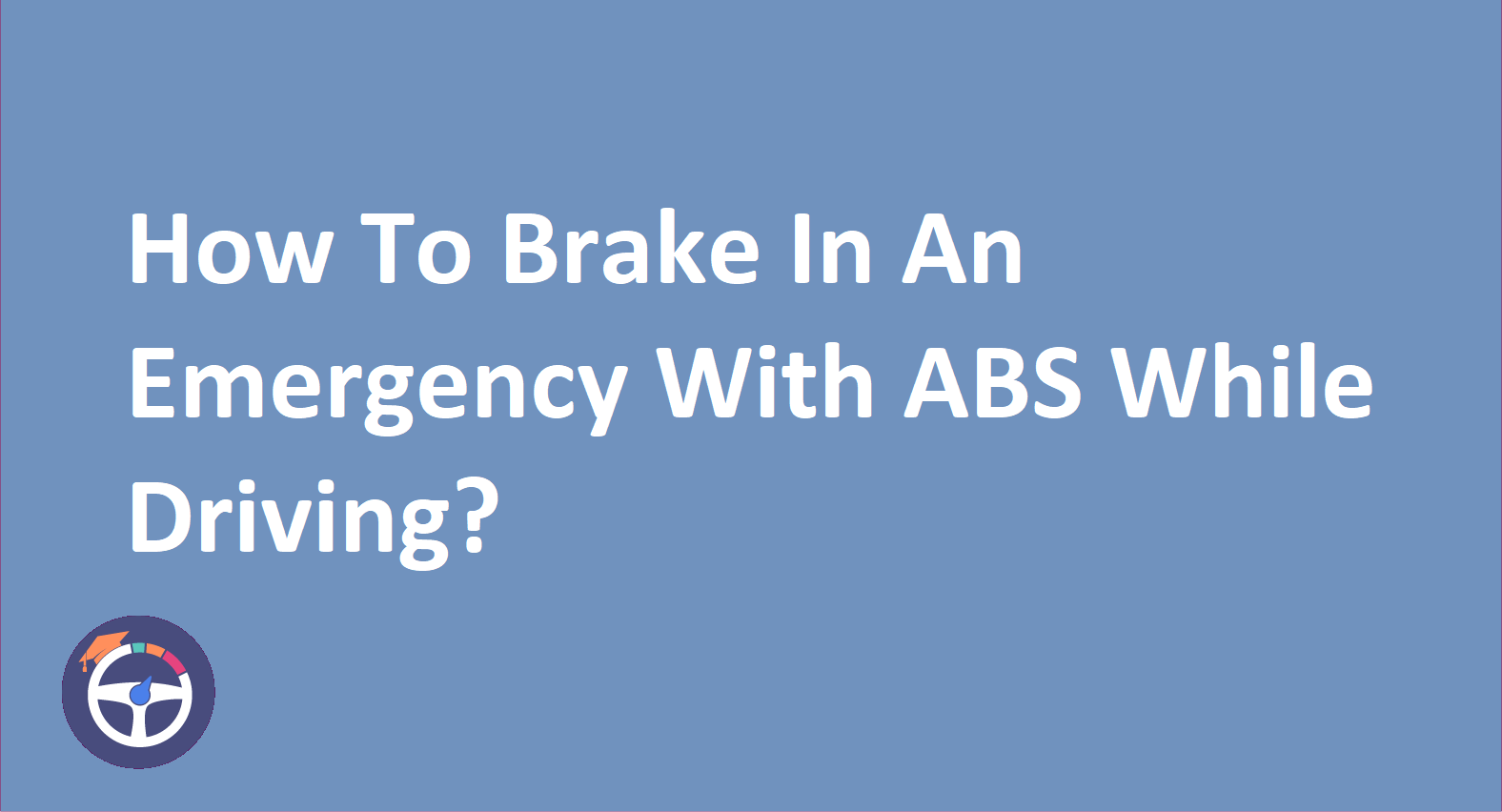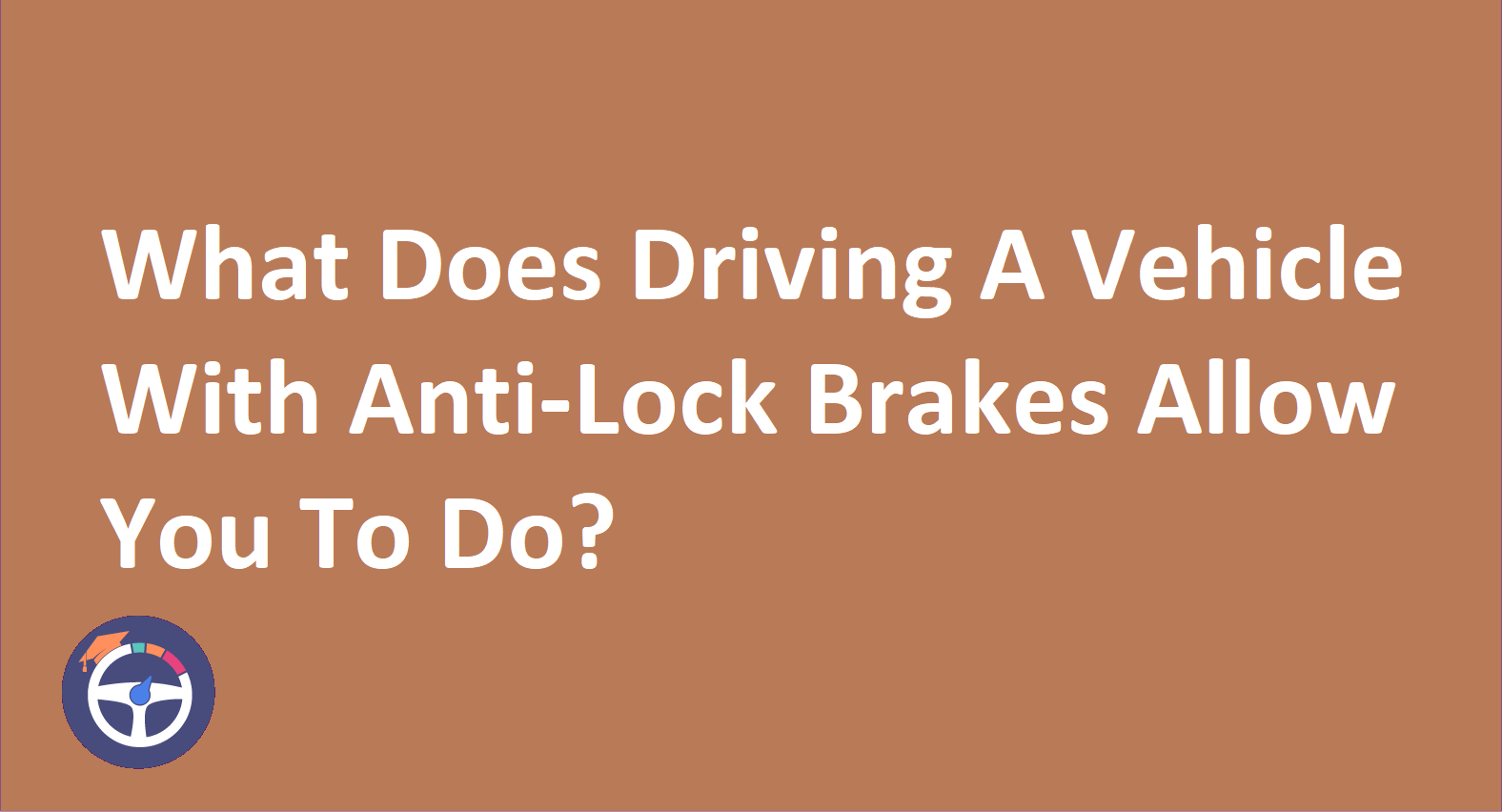How Caravan Towing Stabilisers Work | Different Types Explained
Fitting a stabiliser to your tow bar can help minimize snaking, especially in crosswinds. However, it's still your responsibility to ensure your vehicle and caravan are properly loaded for safe towing.

Contents
- How Caravan Stabilisers Work | Different Types Explained
- Why Stabilisers Matter?
- Types of Stabilisers:
- That’s A Wrap!
- FAQ
Towing a caravan offers the freedom to explore and experience new adventures. However, maintaining stability while towing, particularly when encountering crosswinds, is crucial. It is crucial for the safety of both yourself and other road users. This is where caravan stabilisers fitted to the towbar come in, playing a vital role in enhancing towing dynamics.
Why Stabilisers Matter?
Crosswinds can exert significant lateral forces on a caravan. It can cause it to sway unpredictably. This swaying can be scary for the driver and potentially lead to loss of control. A stabiliser fitted to the tow bar reduces this sway by introducing controlled resistance against lateral movement. This resistance acts like a counterforce to wind gusts. It helps keep your caravan tracking straighter and more predictably
Types of Stabilisers:
1. Blade-style Stabilisers:
Functionality: This classic option features a metal leaf spring with friction pads. It is attached to your car's tow bar and your caravan's A-frame. It works by generating friction to resist lateral movement during towing.
Pros:
- Offers the most affordable entry point among stabiliser options.
- Easy to set up and take down without requiring technical expertise.
- Provides a noticeable improvement in caravan stability. particularly in moderate wind conditions.
- Readily found at most caravan accessory stores and retailers.
Cons:
- The tow ball needs greasing for optimal performance.
- Might not be compatible with all A-frame designs due to space limitations.
- Needs adjustments based on towing stabilisers load and weather conditions for optimal effectiveness.
2. Tow Ball-mounted Stabilisers:
Functionality: This design attaches directly to your car's tow ball. It features friction pads or a spring mechanism to create resistance against lateral movement. It functions similarly to blade-style stabilisers but operates solely around the tow ball connection point.
Pros:
- Simply attaches to the tow bar. Requires minimal setup effort.
- Works effectively without requiring user intervention for adjustments.
- Eliminates the need for regular greasing compared to blade-style options.
Cons:
- Generally offers less sway reduction compared to blade-style stabilisers. Particularly in stronger winds.
- Might not fit all tow bar designs due to size or shape restrictions.
- Adds marginally to the overall weight of your towing setup.
3. Active Stability Braking Systems (ASBS):
Functionality: Active Stability Braking Systems (ASBS) are the most advanced type of caravan stabiliser. They use a combination of sensors, electronics, and hydraulics. It helps to apply the brakes to individual wheels of the caravan when it detects sway. This helps to counteract the sway and keep the caravan tracking straight and stable.
Pros:
- Unlike other types of stabilisers, ASBS works automatically. So, you don't need to make any adjustments or take any manual actions.
- ASBS uses sophisticated electronics and sensors. It helps in providing precise and rapid responses to sway.
- Knowing that your caravan is stable and under control can help to reduce stress.
Cons:
- ASBS is the most expensive type of stabiliser.
- Not all caravans are compatible with ASBS.
- ASBS requires regular maintenance to ensure that it is working properly.
Remember: Selecting the right stabiliser depends on your individual needs and towing habits. To make the best choice for a safe and stable journey, consider factors like:
- Caravan Weight
- Budget
- Technical Comfort Level
- Anticipated Weather Conditions
Important Considerations:
- Stabilisers are not a substitute for safe driving practices. Always stick to speed limits, adjust your driving for weather conditions, and be mindful of potential hazards.
- Choose the stabiliser best suited to your needs. Consider factors like caravan weight, budget, and desired level of adjustability.
- Ensure proper installation and adjustment. Refer to the manufacturer's instructions and seek professional assistance if needed.
That’s A Wrap!
While not mandatory, caravan stabilisers are a valuable safety tool for any driver towing a caravan. This is especially for windy conditions. By understanding their benefits, types, and proper usage, you can ensure a stable and confident towing experience.
FAQS
1. Do I need a stabiliser for my caravan?
While not mandatory, a stabiliser enhances safety, especially in windy conditions. It's a valuable tool for a stable towing experience.
2. Can I use any stabiliser for my caravan?
The right stabiliser depends on your needs. Factors like caravan weight, budget, and technical comfort level should guide your choice.
3. Do stabilisers replace safe driving practices?
Stabilisers complement safe driving but don't replace it. Adhere to speed limits, adjust for weather conditions, and be mindful of potential hazards.
4. Is regular maintenance required for all stabilisers?
Blade-style stabilisers may need regular greasing for optimal performance. Tow ball-mounted stabilisers, however, often eliminate the need for greasing.
5. Can I install a stabiliser myself, or do I need professional assistance?
Installation depends on the stabiliser type. Blade-style stabilisers and tow ball-mounted stabilisers generally offer straightforward installation. But always refer to the manufacturer's instructions. Seek professional help if needed for proper adjustment.


